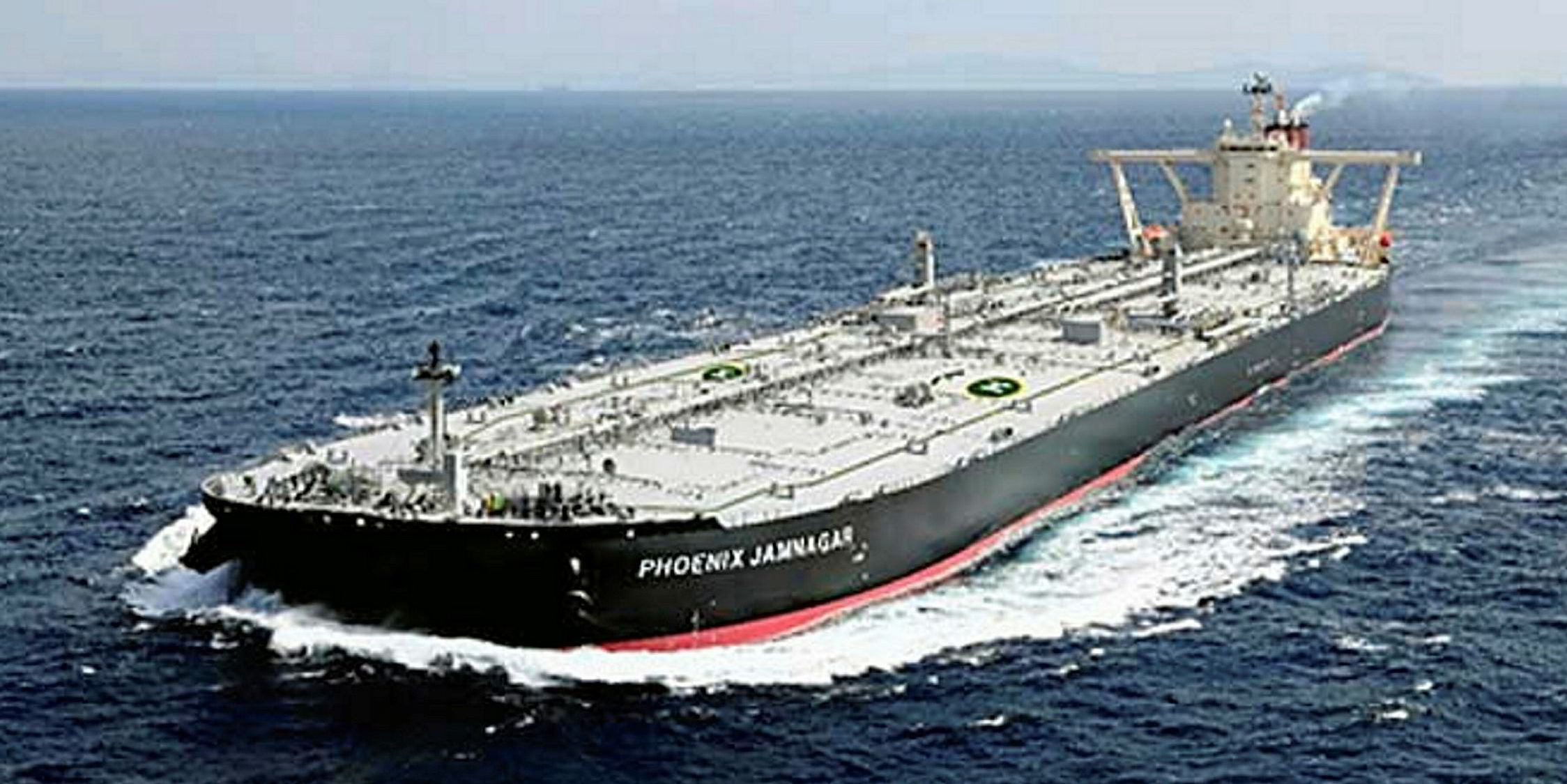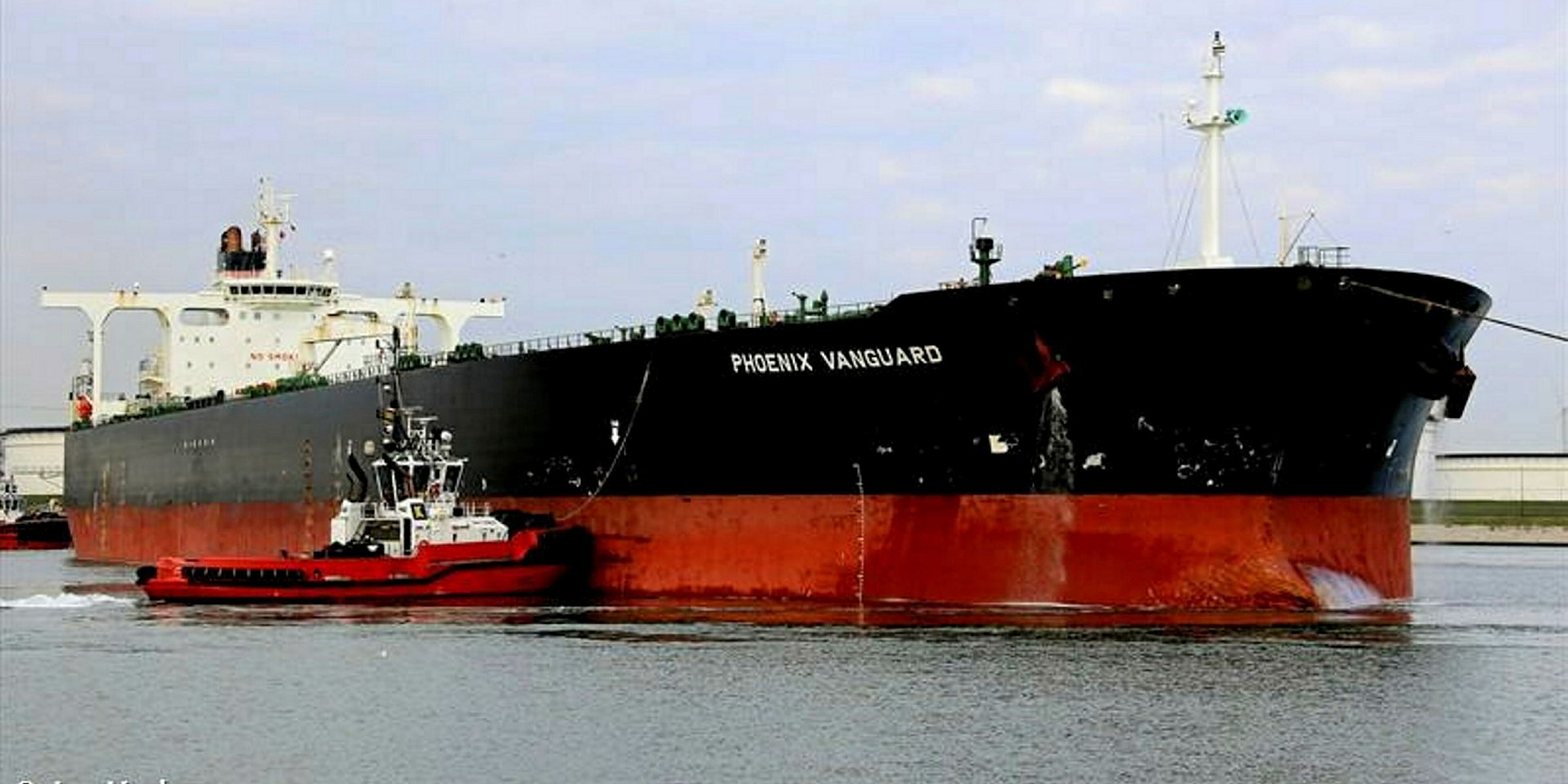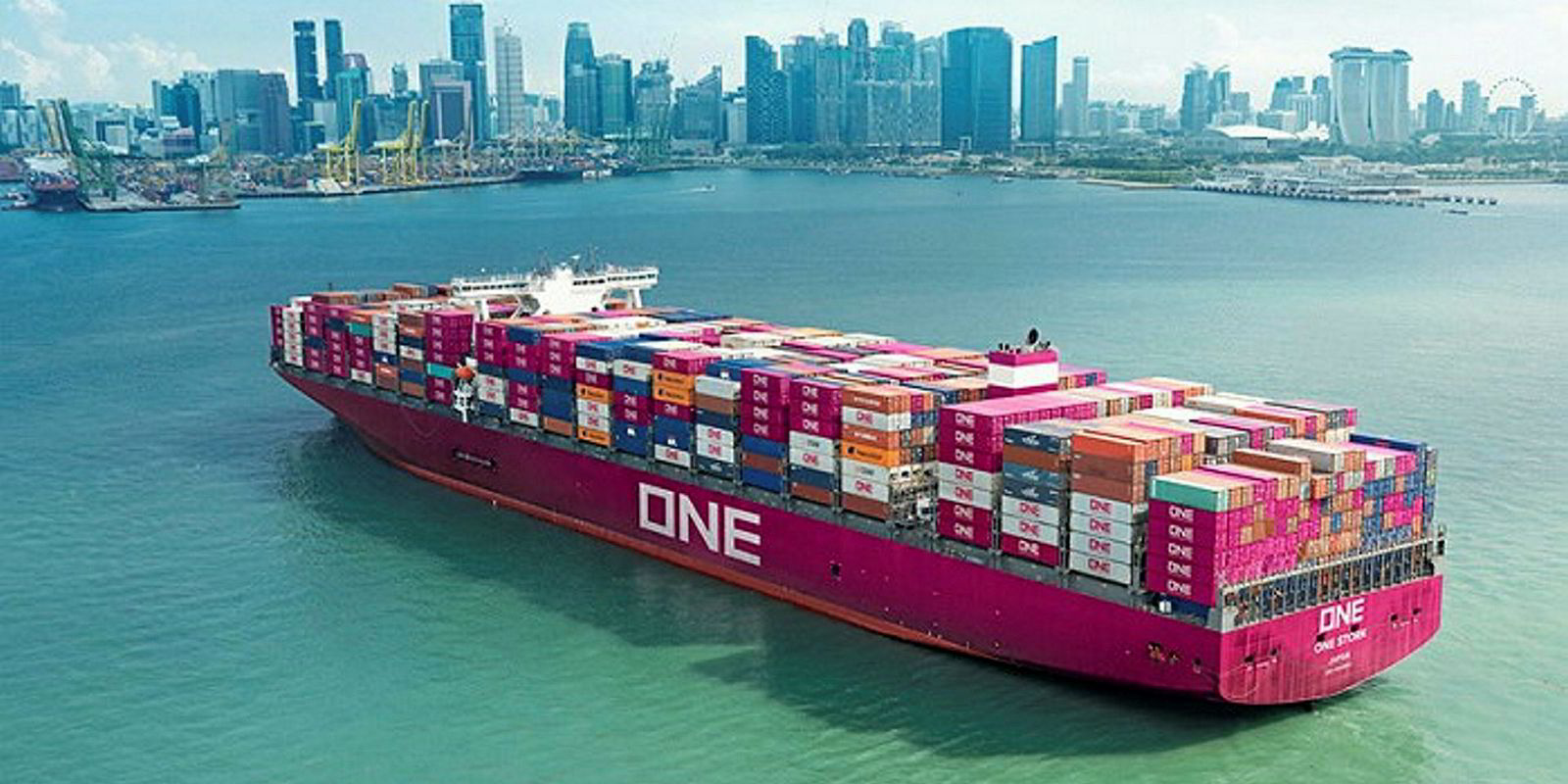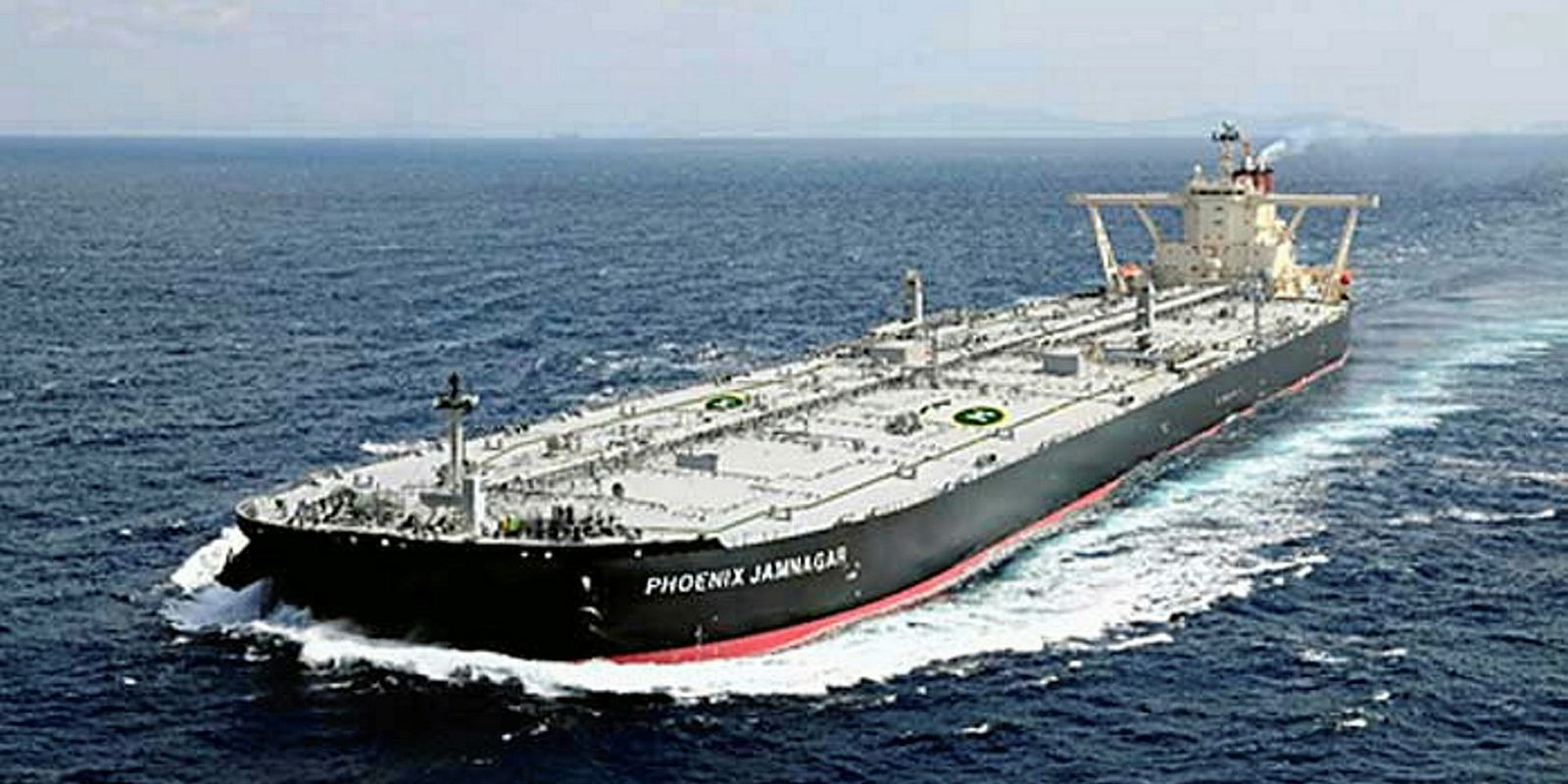Improved dry bulk and tanker freight rates will be key to the revival in fortunes for Japan’s Mitsui OSk Lines (MOL), says a leading sector analyst.
“Tankers represent almost 20% of MOL’s fleet and account for close to 14mdwt of capacity, representing a significant earnings driver,” said Bloomberg senior transport industry analyst Rahul Kapoor.
“MOL’s energy-transport business will benefit should tanker market conditions start to improve in the second half of 2019,” he said.
“MOL’s tanker business should show signs of recovery with spot freight rates expected to improve gradually in the second half of 2019 despite ongoing oversupply headwinds,” he said.
“With seasonal demand returning in the second half, pressure on spot rates should ease; yet gains will be tempered by persistent oversupply.”
Kapoor said the global tanker fleet has increased rapidly in recent years and is expected to rise 2-3% in 2019.
However, he said pressure on tanker freight rates will likely ease if oil supply were to increase from OPEC members, boosting shipping demand from high export volumes.
MOL’s profit should also get a boost from long-term freight contracts being renewed at better rates in coming years as IMO 2020-driven higher operating costs crimp overall supply growth.
In contrast, Kapoor says the recovery in the dry bulk shipping sector, a critical driver for MOL’s profitability, is likely to be “muted” but contract freight rates could rise further amid shrinking fleet growth.
However, he did suggest that MOL’s dry bulk segment, with an optimized fleet portfolio, was “well positioned” to benefit from the freight market upturn expected in late 2019.
“The company restructured its dry bulk business in 2016-17 including shutting down its Singapore-based subsidiary,” he said.
“It booked losses as it cancelled charter-in contracts and returned vessels to their owners, lowering fixed costs and improving fleet breakeven costs.
“The company now has the flexibility to increase exposure to short-term contracts in an up-trending market and reduce fleet exposure in down-trending dry bulk freight markets.”
However, the key risk, according to Kapoor, is a muted recovery amid a rapid slowdown in bulk commodity demand in China.
MOL, which is one of the largest bulk-shipping owners and operators with a fleet of over 750 ships, has begun to see some signs of improvement.
Its energy transport business saw fiscal 2019 profit rebound 55% sequentially to JPY 21.1bn while profit in the dry bulk business gained 42.2% to JPY 21.9bn.
“Its short-term tanker and dry bulk fleets are exposed to spot rates and should see weaker earnings, however, this will be cushioned by the mid- and long-term contracted dry bulk and tanker fleet,” said Kapoor.






